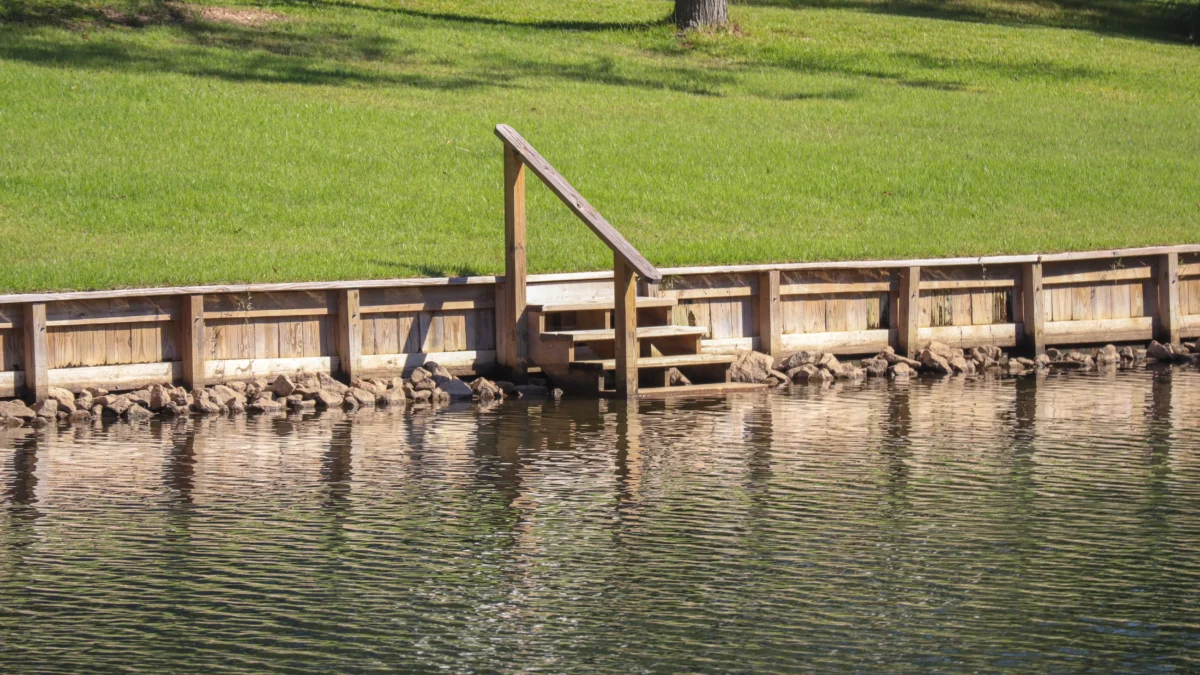A seawall is an essential feature for lakefront properties, providing protection against erosion, preserving valuable land, and enhancing property aesthetics. However, installing a seawall is a complex process that requires careful planning and execution. Here’s a detailed look at the steps involved in seawall installation, factors influencing costs, and why investing in a seawall can be a smart decision for Lake Anna property owners.
Steps in Seawall Installation
1. Site Preparation
Before construction begins, the site is cleared and prepped to ensure a smooth installation process.
- A wood drive guide is installed to establish the wall’s front alignment and elevation.
- The shoreline is evaluated for soil stability and environmental impact, ensuring the seawall design meets specific site requirements.
2. Driving Sheets
Steel, vinyl, or composite sheets are driven into the soil to form the primary structure of the seawall.
- These sheets interlock to create a solid, continuous barrier.
- Specialized equipment ensures the sheets are embedded securely into the ground, capable of withstanding lake conditions.
3. Installing Rebar
Steel rebar is installed vertically into each U-Channel form, providing structural reinforcement for the wall.
- This step ensures that the seawall can endure the pressure from both the water and the soil it protects.
4. Adding Weep Holes
Weep holes are installed along the face of the wall, typically every 5–10 feet.
- These holes allow water to drain from behind the wall, reducing pressure and extending the structure’s lifespan.
5. Filling with Concrete
Each U-Channel form is filled with concrete using the tremie pour method, which minimizes air pockets and ensures even distribution.
- This method enhances the seawall’s durability and stability.
6. Installing Anchors
Anchors, also known as tie rods, are installed to secure the seawall to the land behind it.
- A “deadman” anchor system involves burying a horizontal anchor behind the wall and connecting it to the seawall with steel rods for added stability.
7. Pouring the Seawall Cap
A cap is poured to complete the seawall, creating a polished and functional surface.
- This step involves creating a form and filling it with concrete to tie the entire structure together.
- The seawall cap adds both strength and aesthetic appeal.
Cost of Seawall Installation
The cost of a seawall can vary widely based on factors such as:
- Materials: Steel, vinyl, composite, or wood.
- Length and Height: Longer or taller walls require more materials and labor.
- Soil and Water Conditions: Challenging conditions may require specialized equipment and techniques.
- Custom Features: Steps, integrated lighting, or decorative finishes can increase costs.
On average, a seawall costs between $15,000 and $60,000, with the price per linear foot ranging from $100 to $800. Complex projects can reach $2,000 per linear foot.
Why Invest in a Seawall?
1. Erosion Control
Seawalls prevent erosion caused by waves and fluctuating water levels, preserving valuable shoreline.
2. Increased Property Value
A well-constructed seawall enhances property value by improving aesthetics and protecting the land.
3. Longevity
Modern seawalls, when properly maintained, can last several decades, providing long-term protection and peace of mind.
4. Enhanced Safety and Access
Seawalls create a safe, accessible boundary between the land and water, making them ideal for families and vacationers.
Seawall installation is an investment that combines functionality, durability, and beauty, making it a smart choice for Lake Anna homeowners. While the process involves several meticulous steps, the benefits of a well-designed seawall far outweigh the costs. From safeguarding your property against erosion to increasing its rental appeal, a seawall is a cornerstone of lakeside living.
For a seawall that stands the test of time, trust experienced professionals who understand Lake Anna’s unique environment and can deliver a structure tailored to your property’s needs.

